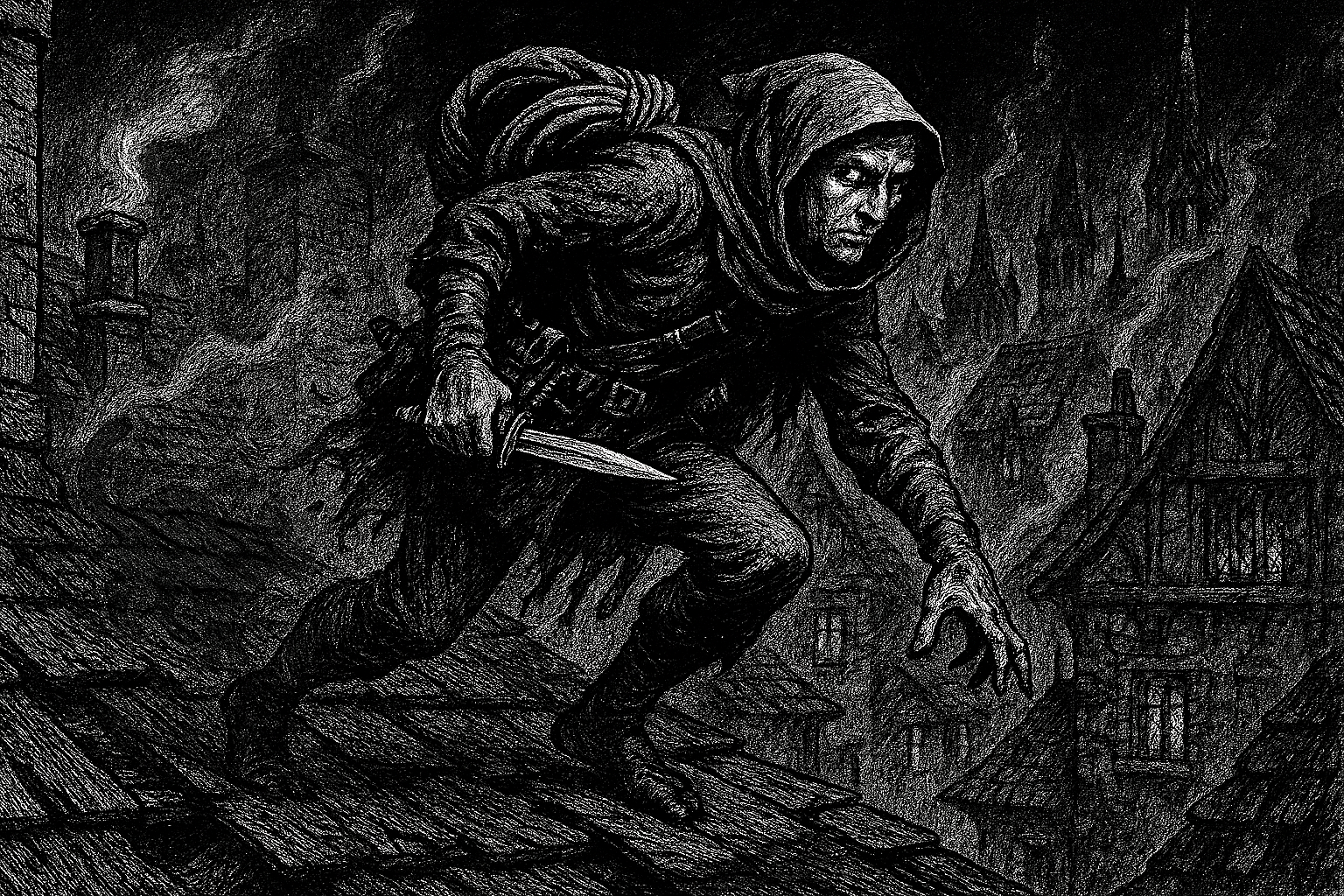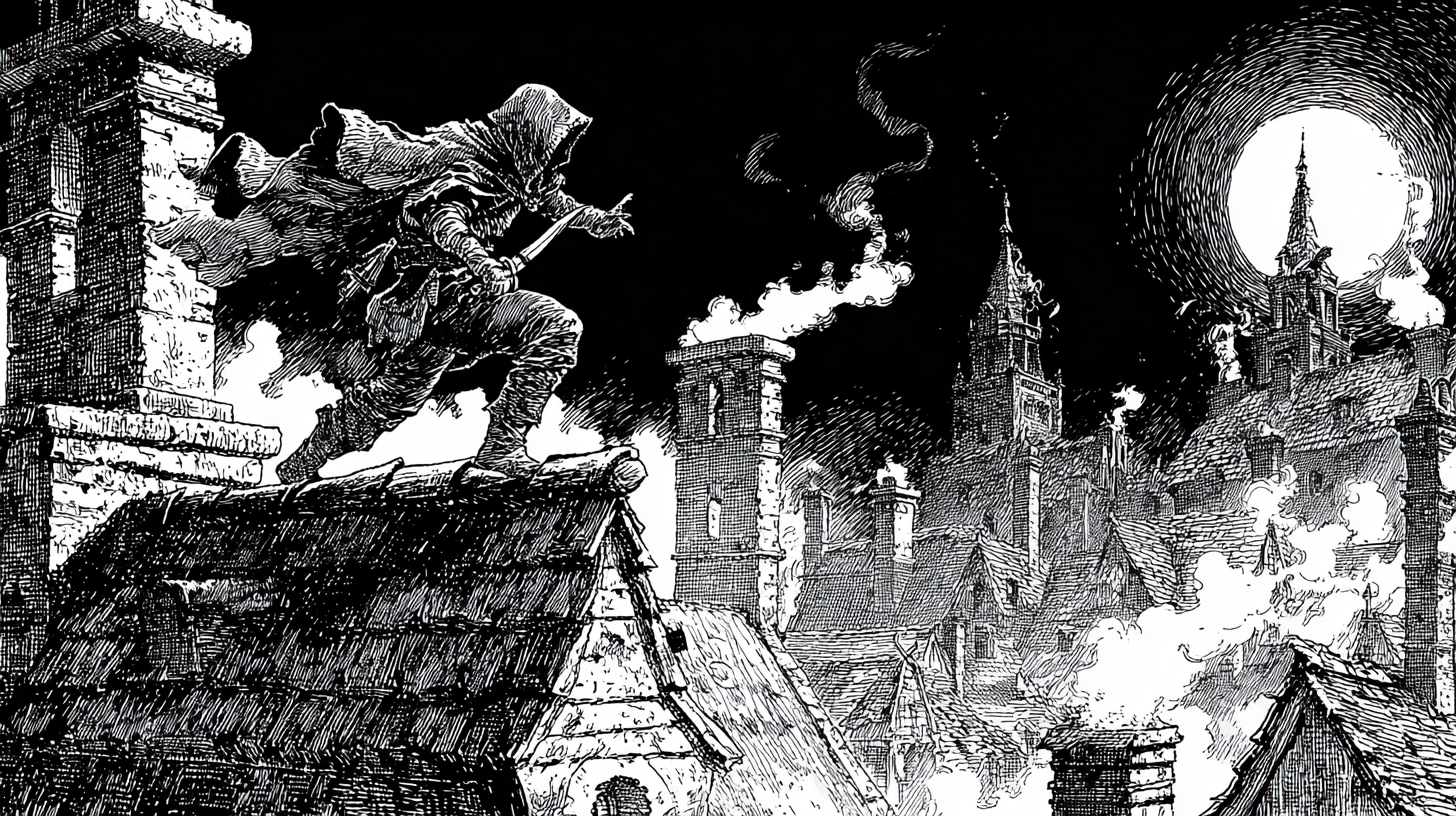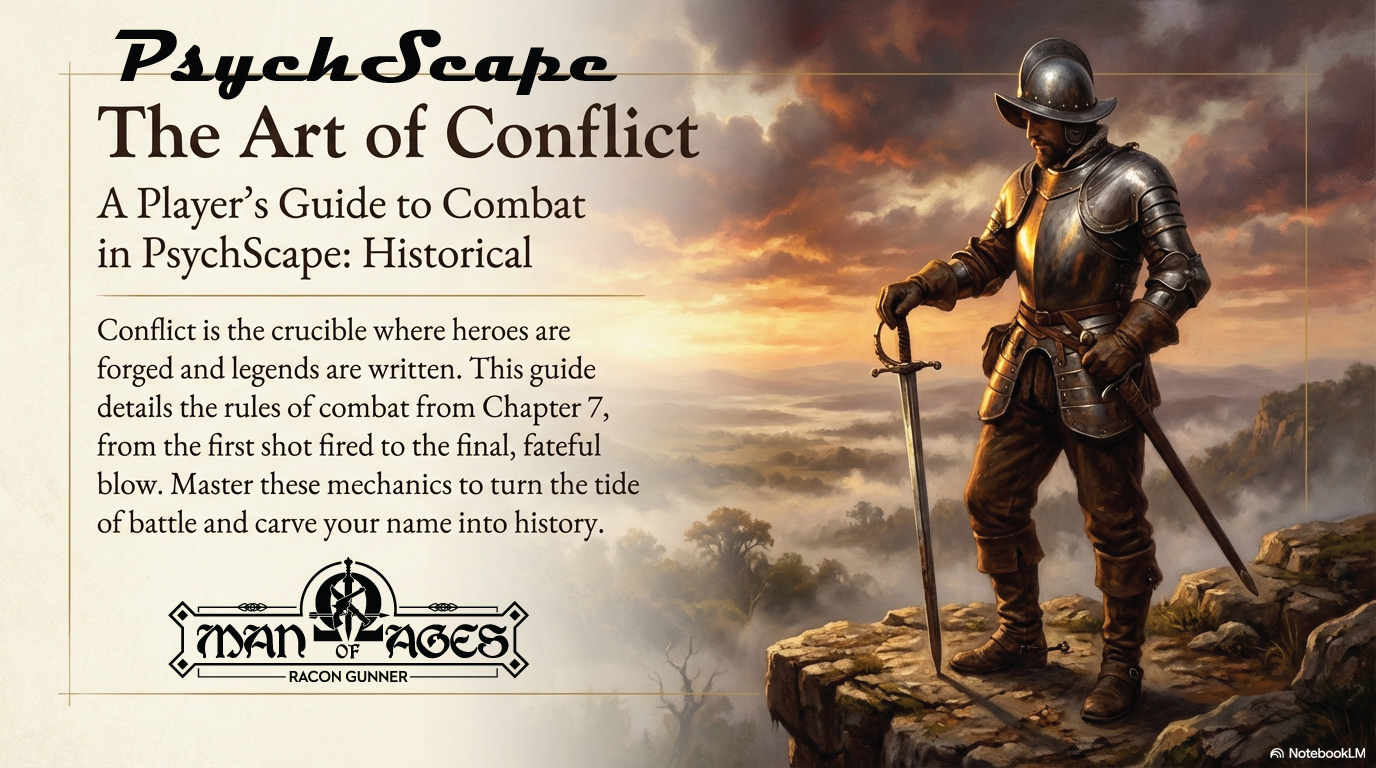
Let’s just throw the sacred cow on the fire and get right to it: balanced parties are boring.
There, I said it.
The notion that every Dungeons & Dragons group needs to hit the holy checklist — Tank. Healer. Damage Dealer. Support — is the brainchild of MMOs and corporate game design. It’s the childproofed version of adventuring, where you always have a safety net and someone else’s optimized spreadsheet standing between you and actual danger. It’s a fantasy land where parties look like tactical SWAT teams instead of a motley crew of freaks, misfits, and survivors.
And it absolutely does not belong at the table — especially if you're playing Advanced Dungeons & Dragons 1st Edition.
I don't just tolerate unbalanced parties — I celebrate them.
Want to roll up a group of four elven magic-users with more robes than HP combined? Do it. Three halfling thieves and a completely unhinged bard? Perfection. Play what sings to your soul. You don't need balance — you need vision, grit, and a willingness to die hilariously in the pursuit of greatness.
Because the whole idea of balance assumes the game is trying to be fair — like a video game encounter where the system was designed by an algorithm, where every dungeon has the exact number of healing potions and DPS to get through the boss. But D&D, especially 1st Edition, doesn’t care about fairness. The dungeon doesn’t give a damn about your optimized party lineup. The rust monster eats your +3 sword whether you have a cleric or not.
And let me tell you — the games where you're limping through a dungeon with three wounded thieves and a single poisoned dart left between you all? Those are the ones you never forget.
Let me spotlight the most underestimated, misunderstood, and magnificently dangerous class in 1st Edition: The Thief.
While others are trading blows or swinging spells, the thief is living in an entirely different game — a game of shadows, traps, infiltration, and survival. They don’t win through brute force or divine favor. They win by being smarter, faster, and a little meaner.
In the 1e rules, thieves start off weak — there's no denying that. Low hit points, restricted armor, no shields, and most of their skills begin with double-digit failure rates. But you know what that means? Every successful action is hard-earned. Every backstab is a reward for cunning. They aren’t meant to trade blows with ogres. They’re meant to go where no one else can — disarm the trap, lift the key, vanish into the dark, and if necessary, slit the throat of the wizard before he ever finishes his incantation.
They are the only class built around risk. They’re a tightrope walk in a storm — and that’s what makes them beautiful.
And in case you need a refresher or full breakdown of the Thief rules in AD&D 1st Edition, here’s the unaltered and comprehensive resource I base this passion on:
Advanced Dungeons & Dragons 1st Edition – Thief and Associated Classes
This resource covers everything from core thief mechanics to thief-acrobats, assassins, racial modifiers, backstab rules, and more. Dive into it. Savor the detail. And realize just how far removed this is from the “balanced party” mentality that plagues modern play.
MMORPGs have trained a generation of players to think in pre-built configurations. They’ve taught people that the game needs to be “winnable,” and that winning requires a role-filler mentality — the idea that you're just a cog in a system, and if one cog is missing, the whole thing fails.
But here's the thing: Dungeons & Dragons is not World of Warcraft.
A tabletop RPG isn’t a theme park ride. It’s a collaborative story — one where people make chaotic, weird, and frankly suicidal decisions all the time, and the best Dungeon Masters don't "balance" around them. They build the world. The players bring the risk.
You don't need a healer. You need a plan.
You don’t need a tank. You need a reason.
You don’t need to deal damage. You need to matter.

Imagine a party made up entirely of thieves in AD&D 1e. Not only is this viable — it’s glorious. Every player becomes a scout, a saboteur, a backstabber. There’s no room for "safe" combat. Every hallway is a puzzle. Every enemy a potential mark or trap trigger. You rely on stealth, coordination, and the kind of dark camaraderie only criminal enterprises are built on.
Play Baldur’s Gate with a full thief party? Hell yes. If it were coded for it, I’d mod the game until every NPC was a rogue. Why? Because thieves don’t just survive the dungeon — they own it. They understand its language. They become part of the architecture.
Balanced parties can face the dungeon. Thieves become the dungeon.
What people forget is that D&D is at its core a roleplaying game. That means the roles aren’t “tank” and “healer” — the roles are leader, traitor, spy, oracle, fanatic, thief, fool, and martyr. They’re archetypes, not job titles.
A party of four chaotic neutral rogues trying to rob the same dragon hoard with four different plans? That’s better than any optimized team of Paladin-Mage-Cleric-Fighter ever put on paper. That’s the chaos engine that makes this game shine.
Let the party be messy. Let it be off-kilter. Let it fail gloriously. Because in the ashes of failure comes the only real reward: a story worth telling.
I don’t play D&D to have everything “work.” I play it because sometimes it doesn’t — and that’s where the gold is. When the thief falls into the pit trap no one else noticed. When the wizard runs out of spells at the worst possible time. When the halfling steals from the wrong merchant and ends up hunted by a thieves’ guild.
That’s not imbalance. That’s life. That’s adventure.
To the Nine Hells with your balanced party. I’ll take my band of misfits and sneak our way into legend — or die trying.
For the full AD&D 1st Edition breakdown on thieves and their glorious sub-classes, click here to see the uncut rules and sources.
And next time you're building a party, do yourself a favor: ignore the spreadsheet, grab some d6s, and roll something completely dysfunctional.
You might just find yourself having the best game of your life.


